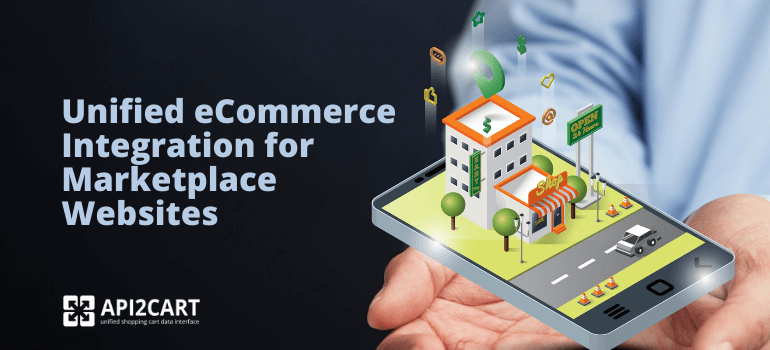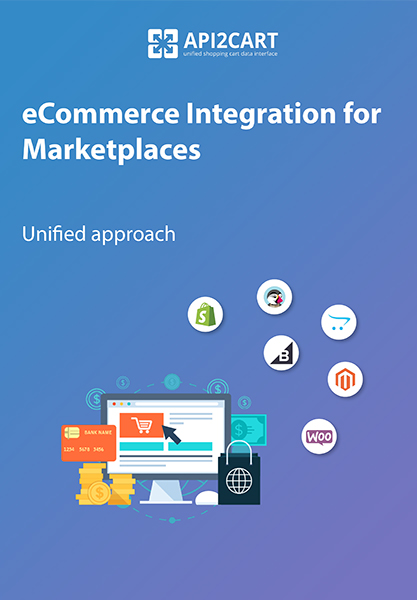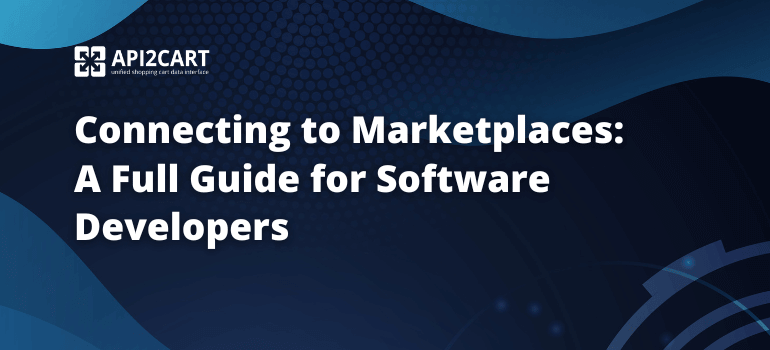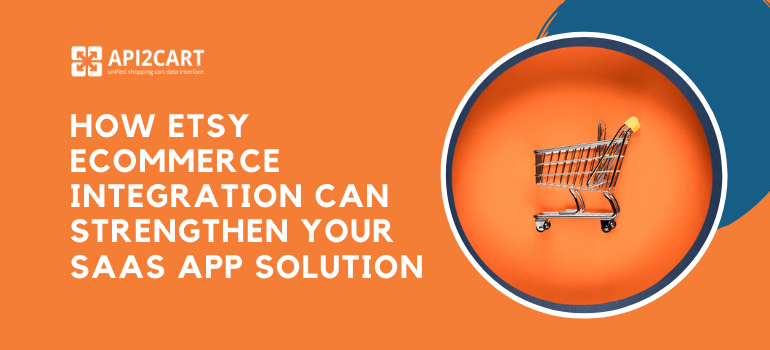
Online marketplaces have changed the world of eCommerce. The marketplace is another source of income for owners of online stores and certainly has plenty of advantages. One of them is the opportunity to get a wider client base at a reasonably low investment cost. Almost everybody starts looking for their goods and buys on the marketplaces. Marketplaces are also a fantastic additional distribution outlet for online retailers to present their goods to millions of clients.
Typically, marketplaces are directly associated with dropshipping. Marketplaces can have their warehouses and deliver their goods to online stores with dropshipping as a form of fulfillment. The second approach is when owners of the online stores manage orders and marketplaces act only as an external distribution platform for them. Marketplace website vendors should be able to operate easily and efficiently with web stores of retailers because online retailers need their orders, details, and different business operations unified in one system from different channels.
As a marketplace website provider, you need to create a large number of connections while creating the marketplace website, as well as those with shopping sites that retailers run their shops on.
In this article, you will get to know how to implement a unified eCommerce integration for your marketplace website and easily operate with needed store data.
Data Access-Challenge for Marketplace Website
It is not easy at all to create a platform for marketplace websites, as it involves creating many connections. Marketplace websites provide consumers with product characteristics, usability, and other details necessary to make a purchase. And the processing of data from retailers' online stores is one of the key problems for marketplace website solutions. One challenge is that the databases of stores are kept on shopping carts with all items, orders, and stock information. Thus, you need to connect with the shopping cart to create a continuous data exchange. Online retailers tend to develop their stores on multiple platforms, which means that you must integrate with all shopping platforms as a marketplace website supplier to meet any potential customer.
Retailers' online shops are a vital resource for you as a marketplace website provider. That is where you can share your goods on your distribution platform or get the requisite information to promote them. Your marketplace system performance depends on the degree of integration with shopping platforms and the efficiency of your services. Integration involves connecting the application to a third party, because if anything goes wrong and there is a loss or manipulation of information, so a whole lot of important modules will go away while you blink. The effect of this would be that your clients, and then you, will lose money.
A Tough Truth About Integrations
The integration with eCommerce platforms is important for marketplace website solutions to attract new customers. More shopping cart connections mean better since the number of shopping carts supported determines the number of potential clients. Integration is, nevertheless, a dynamic and costly operation, so it often becomes the primary restriction for the success of the application.
The integration of APIs with one framework is hard, and it is overwhelming when we speak about integration with several platforms. That is why so many B2B eCommerce platforms prefer to support just a few shopping carts, and missing out on new customers and income. Common integration pitfalls for marketplace website vendors are:
- Each integration has specific problems because each shopping cart has a unique logic and structure that requires time and experience to understand.
- Integration needs to be properly implemented, otherwise, issues such as loss of data or distortion can happen.
- A qualified expert is needed to create a flawless integration framework. Not only is it hard to find an expert, but when you do find him, you will pay a lot of money for each integration.
- Integration includes further maintenance of integration, so you would need to provide an IT staff to facilitate integration and ensure that it works properly.
- Setting up data synchronization between various systems, as we see above, requires tons of technical work, as does the integration maintenance. It is better to rely on the ready-made API integration solution.
An Alternative to Separate Integrations

Shopping Platform Integration for Marketplace Websites
Explore how to develop the integration with multiple shopping solutions easily.
API2Cart helps to overcome all the integration challenges by providing a unified API for integration with more than 40 shopping carts and marketplaces such as Magento, WooCommerce, Shopify, OpenCart, BigCommerce, PrestaShop, Amazon and many more.
With the help of API2Cart your marketplace website will be able to:
- Get products along with prices, images, descriptions, attributes, variants, categories, etc.
- Update product info on all sales channels
- Get store info like name, timezone, language, currency, country, etc.
- Update order statuses
- Auto-sync inventory levels across different platforms
Here is the list of methods for a unified eCommerce integration for marketplace websites:
For working with products:
- product.list / add / update / variant.info / child_item.list
For inventory control:
- product.info / update
For working with orders:
- order.add / list / update
API2Cart provides a free 30 days trial period for you to try how our unified API works and how it can help you implement your business needs. In case, you have some questions feel free to schedule a call with our representative or contact us.



